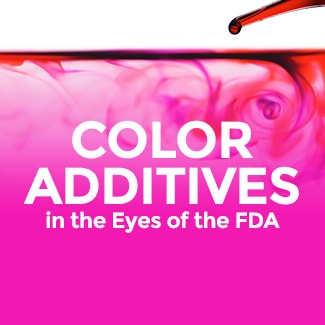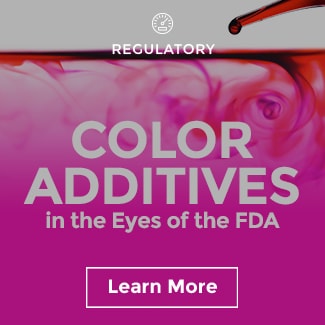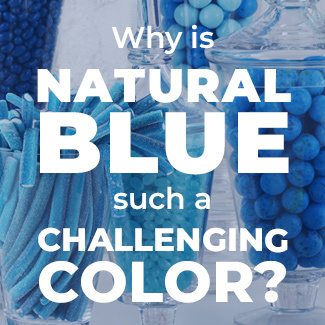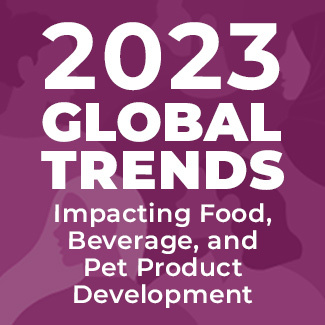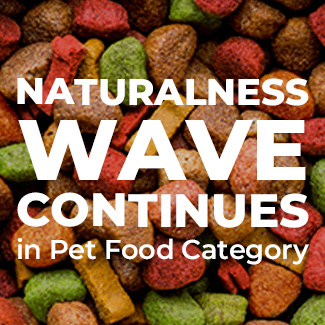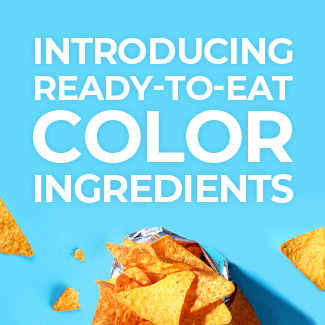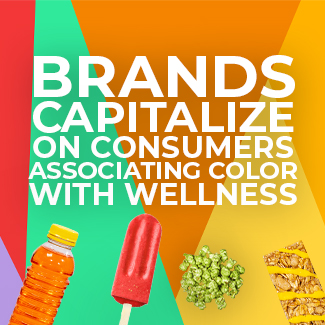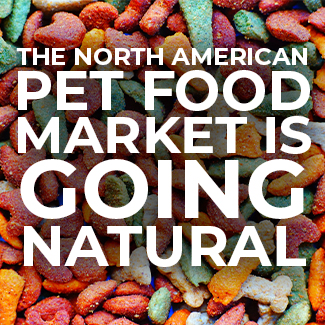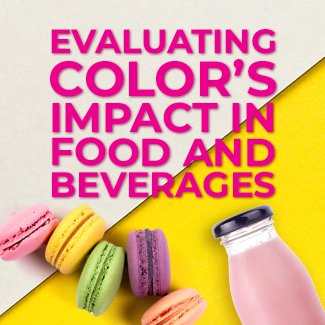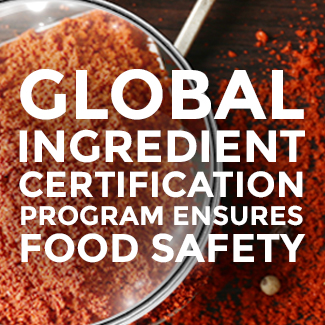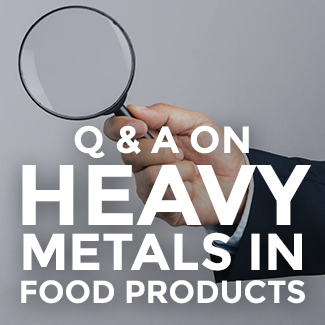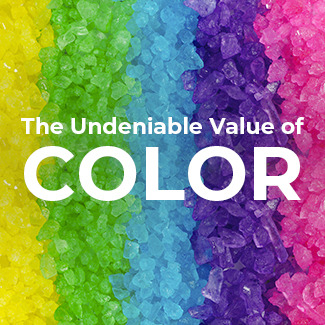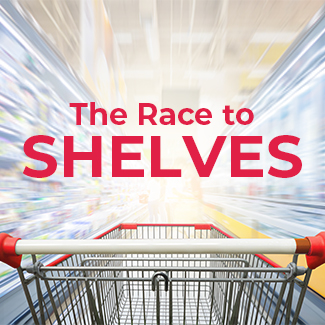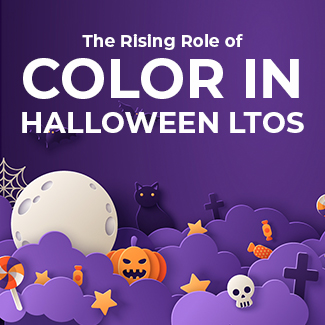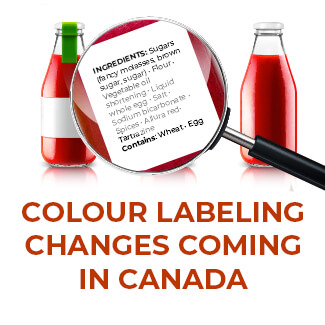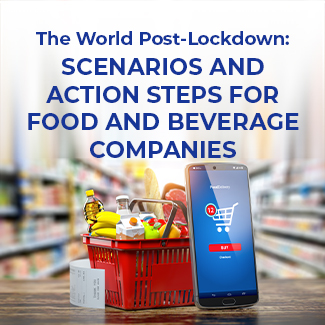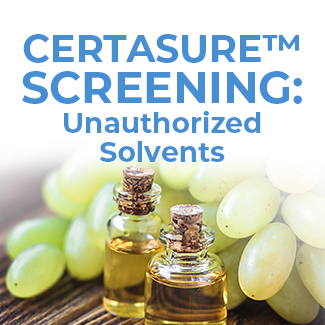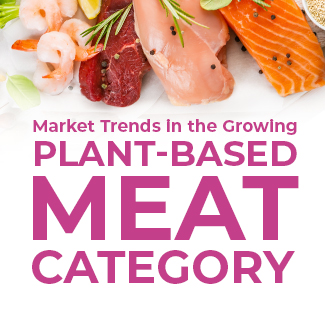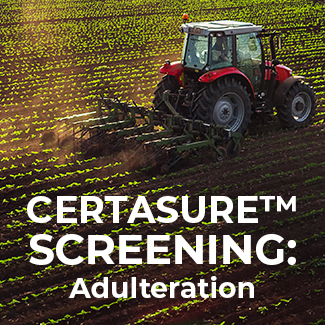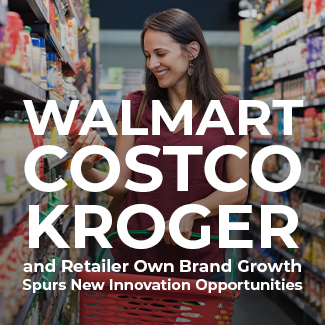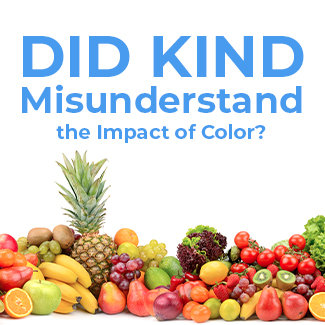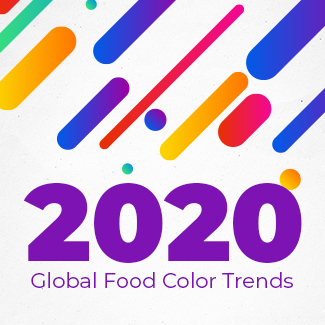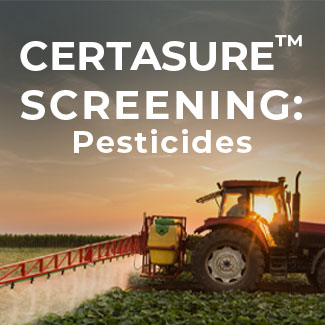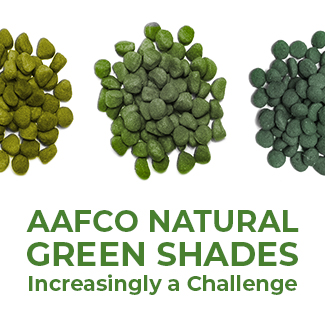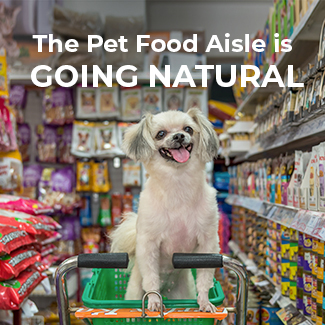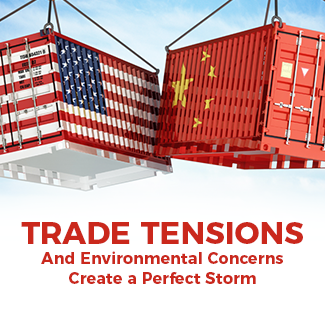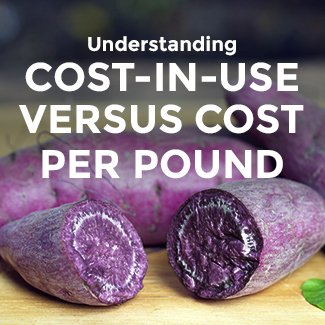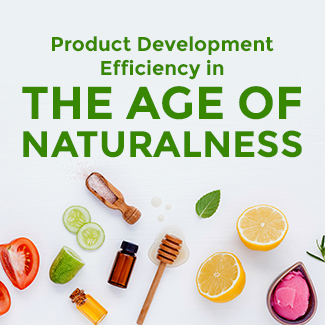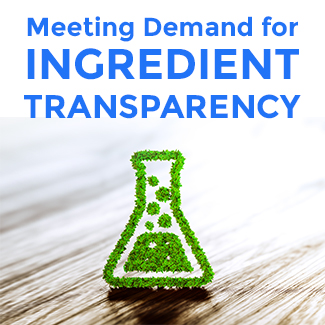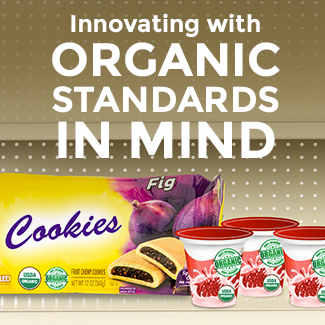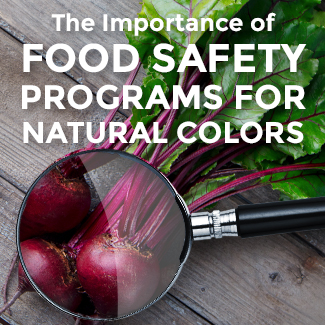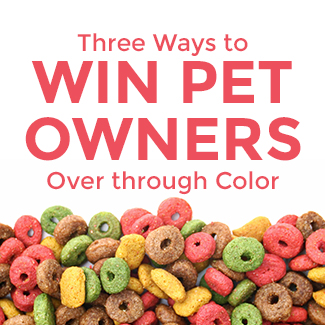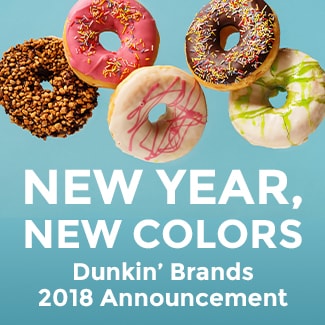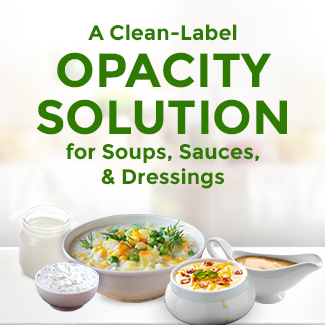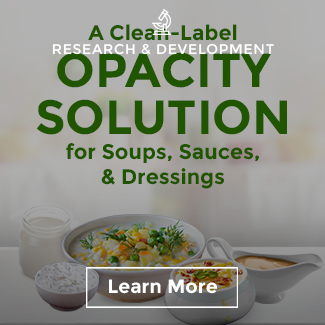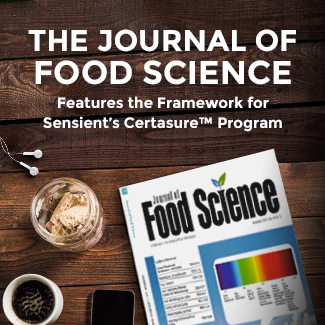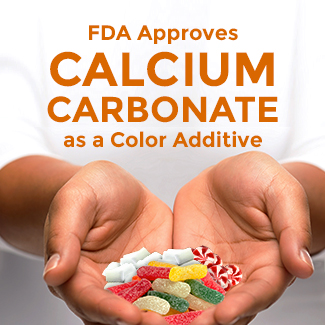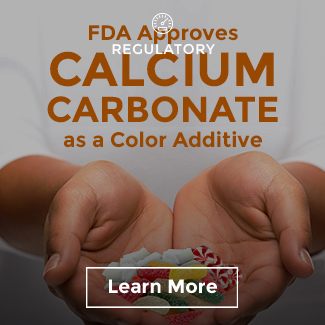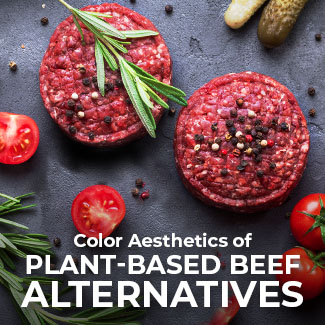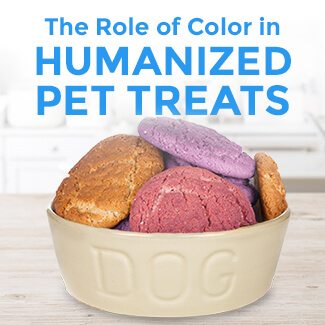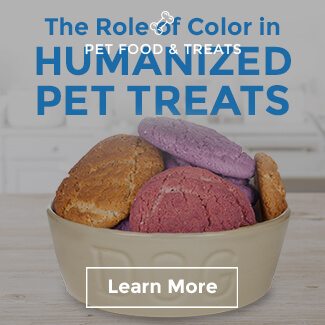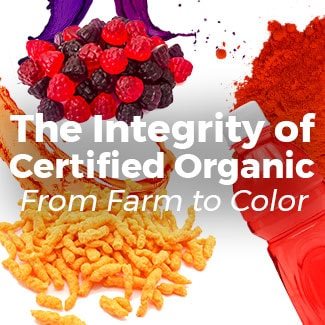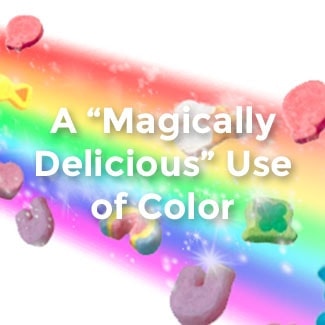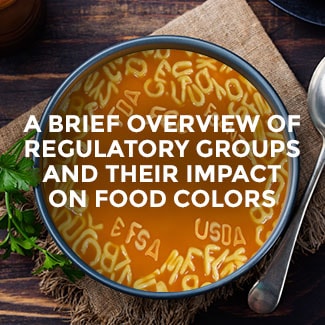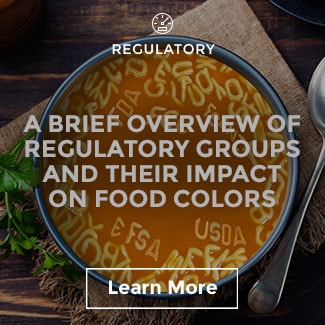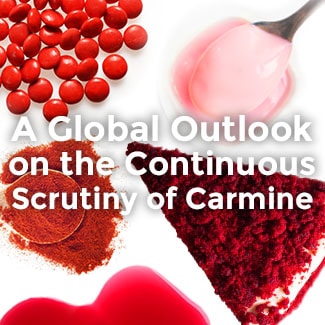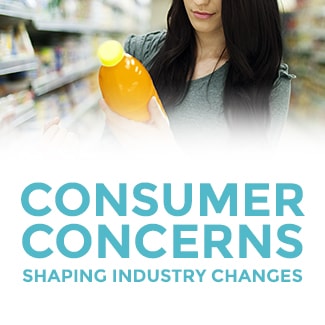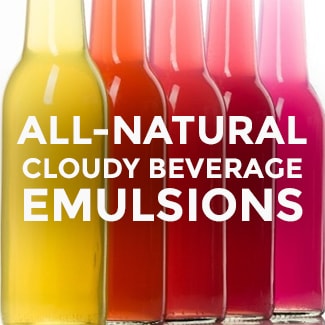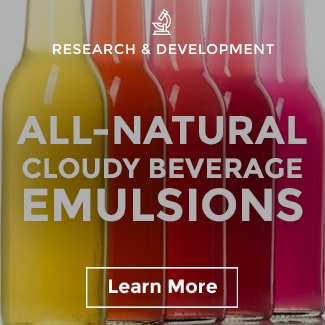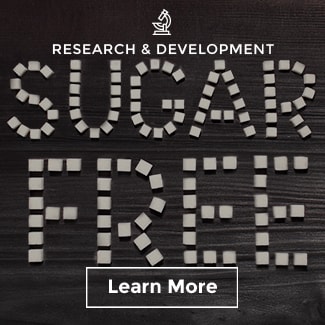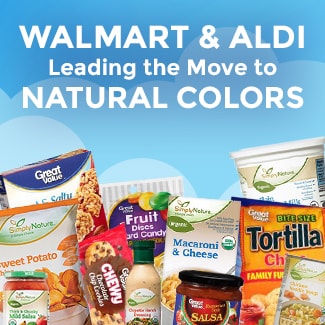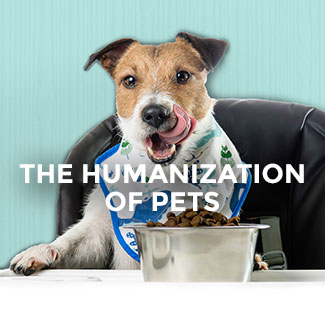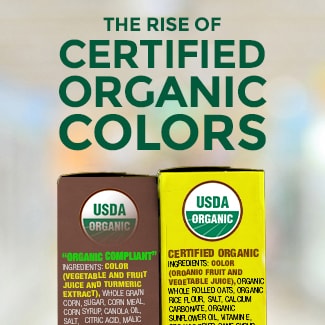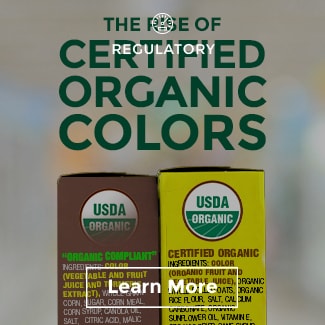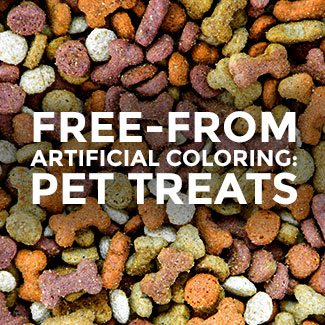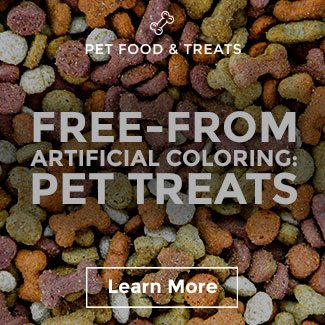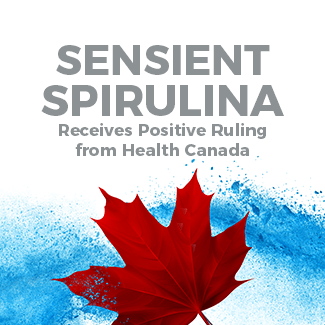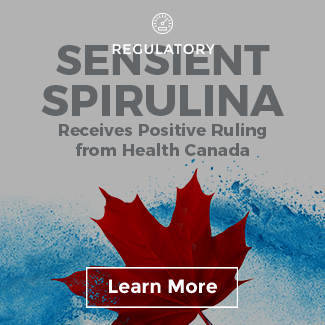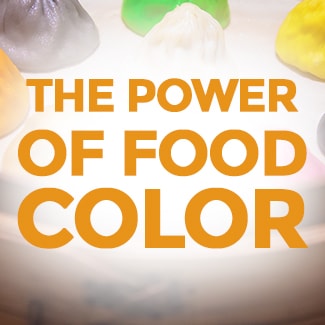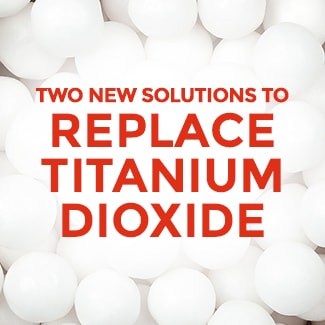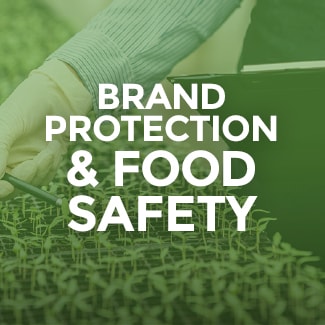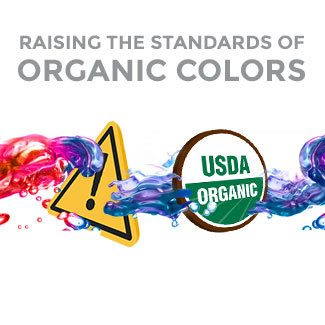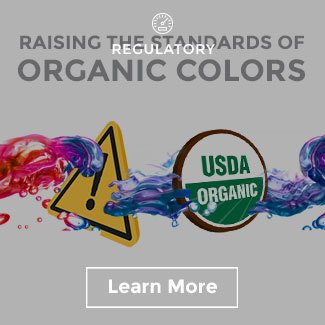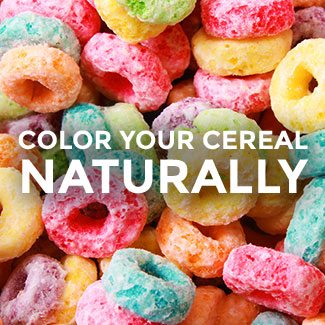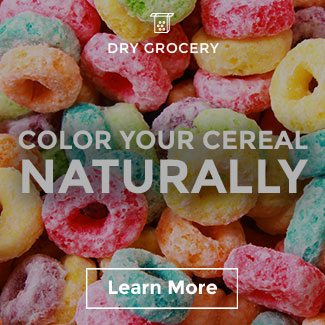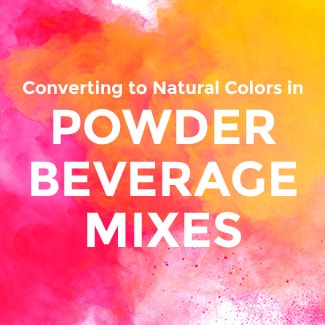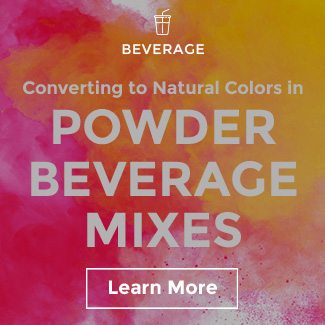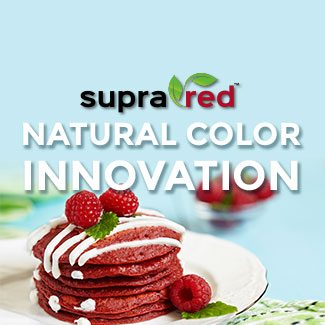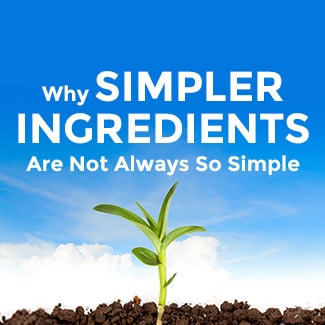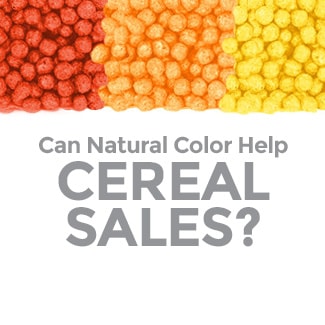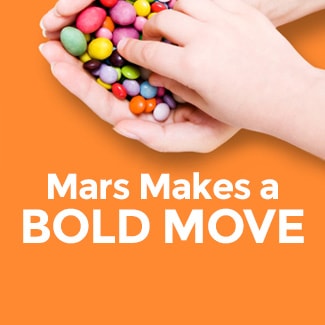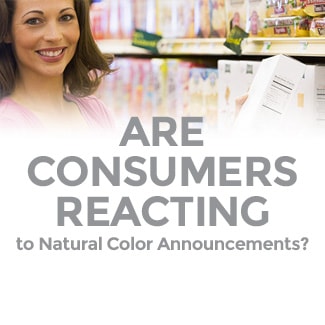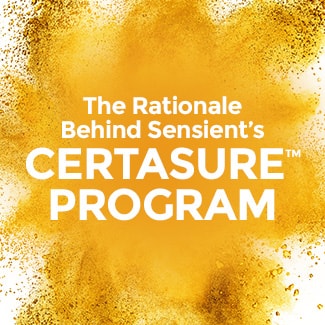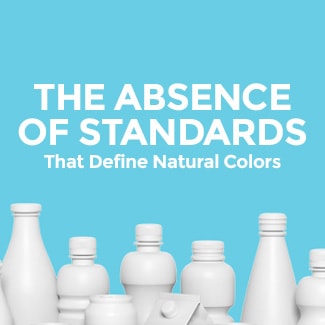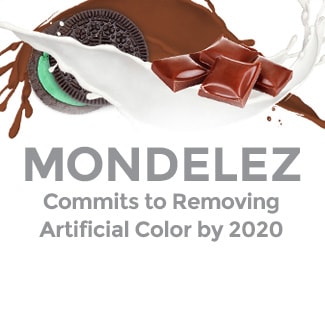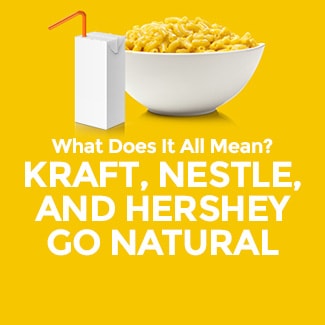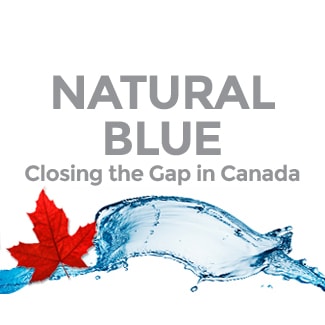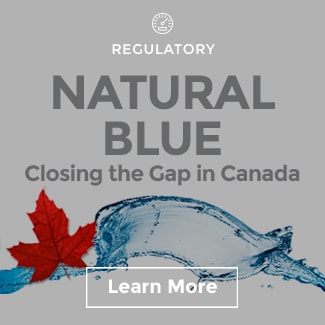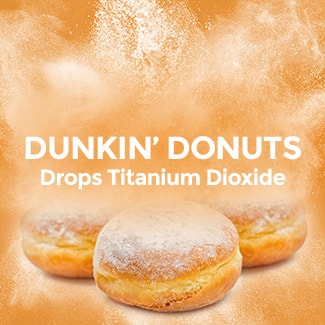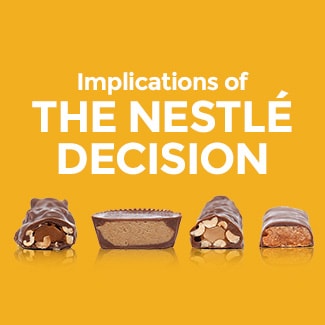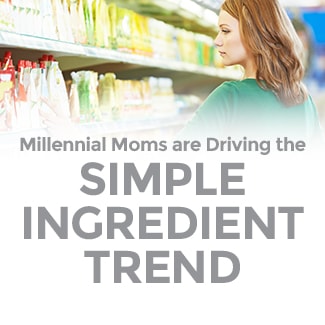Transparency And Food Colors
According to Nielsen’s 2016 Global Health and Ingredient Sentiment Survey, 75% of consumers around the world are concerned about the long-term health impact of artificial ingredients. Artificial colors (61%), artificial flavors (62%), and preservatives (62%) are the three most avoided ingredients. This data is very much in line with Sensient’s internal consumer research.
 Interestingly, however, the same study reported that 67% of consumers “want to know everything that is going into [their] food” and 70% of North Americans “feel more positively” towards companies that are transparent about how their products are grown and made. The latter finding is the most relevant because brands have a unique opportunity to build trust and loyalty with consumers.
Interestingly, however, the same study reported that 67% of consumers “want to know everything that is going into [their] food” and 70% of North Americans “feel more positively” towards companies that are transparent about how their products are grown and made. The latter finding is the most relevant because brands have a unique opportunity to build trust and loyalty with consumers.
Many leading food companies and brands have already begun to take steps to create more consumer loyalty.




Product Launch Communication Strategy
The first phase in any transparency initiative is clearly the transformation of product formulations. But the next step, the communication of those changes, is a very strategic and critical step of a new product launch.
Kraft Heinz used a very unique approach with their Mac & Cheese launch recently. They made the switch to natural color but intentionally chose not to communicate anything for the first few months, only to later unveil the “It’s Changed. But it Hasn’t” campaign. Kraft Heinz’s priority was reassuring loyal consumers that neither the taste nor appearance of their beloved Mac & Cheese had been compromised. In August, Kraft Heinz management indicated sales volume was very strong post-renovation. Their communication plan appears to have been a successful strategy for the product relaunch.
Ferrara candy took a very different approach with their successful introduction of organic Black Forest gummi bears. In their “Real Gummies of the Black Forest” TV spots, the company uses humor to draw a comparison between their organic offerings and competitive products that are not as transparent.
In my view, companies who are increasing transparency will only increase their trust with consumers, but only by combining product formula changes with the right level of consumer engagement and dialogue.
Transparency of Natural Food Color
Consumers are increasingly defining “healthful” by what ingredients a product doesn’t contain. Despite a large amount of data pointing to the safety of certified food colors, consumers continue to avoid artificial ingredients. Furthermore, we expect more scrutiny in the coming years about the source and origin of food color. Natural color derived from plant sources that can be labeled as vegetable juices tends to be more favorable.
Additionally, we expect to see continued growth in certified organic packaged food products. While organic has been consistently growing, mainstream food retailers like Walmart and Kroger are closing the historic price gap, which is increasing the growth rate.
The consumer expectation of a safe food supply chain should certainly not be ignored. In fact, data indicates that manufacturers carry much more responsibility than retailers or food service operators.
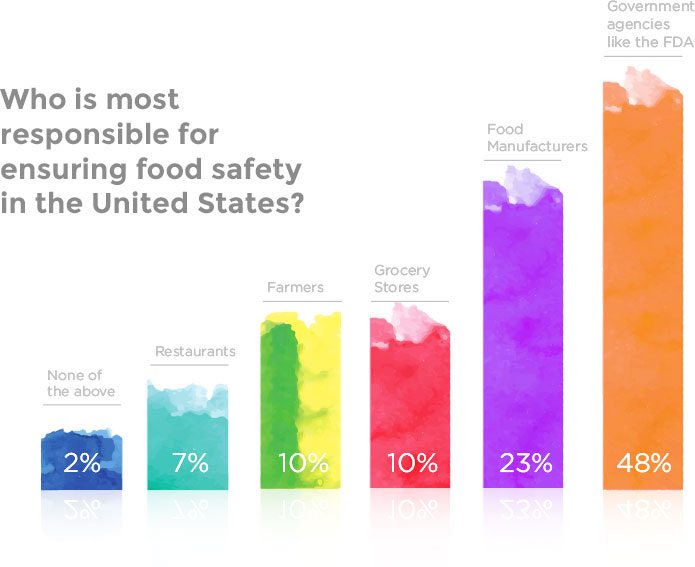
At Sensient, we are working to help customers address consumer demand for transparency. Our Certasure program includes the industry’s most comprehensive food safety testing protocol. In addition to brand protection, the program also provides for full supply chain visibility. On the innovation front, we continue to develop new technologies and products that help our customers meet the need for transparency.




